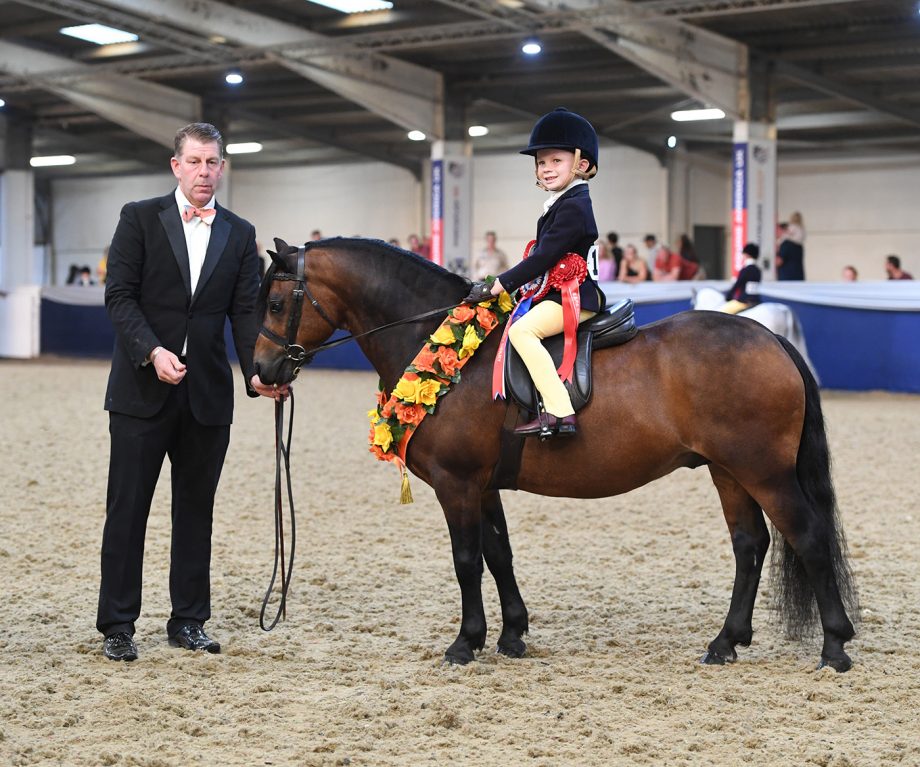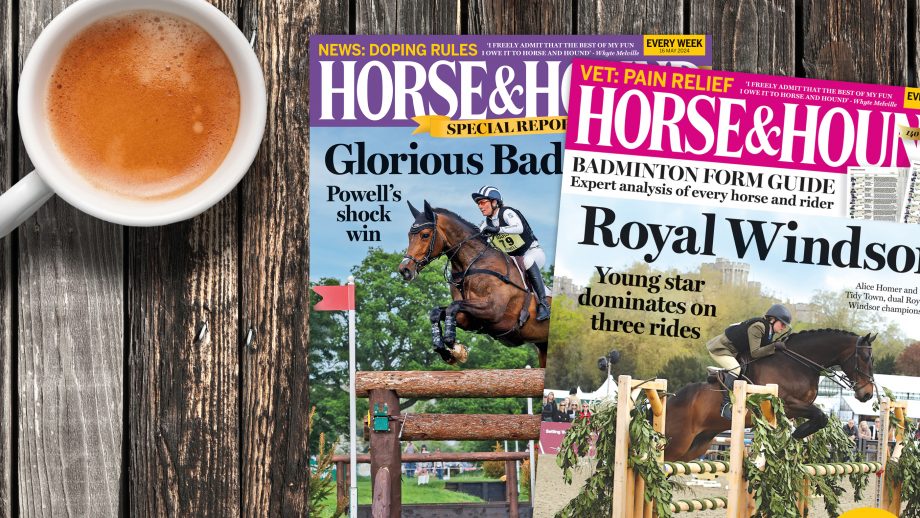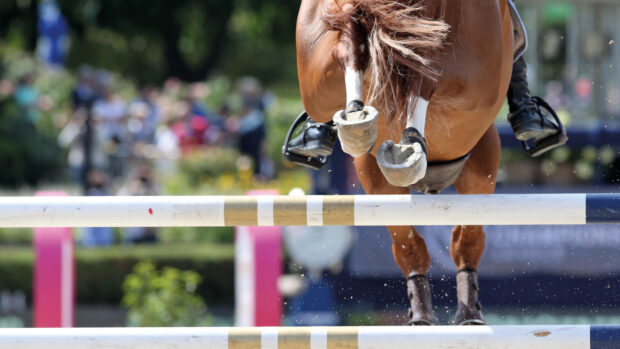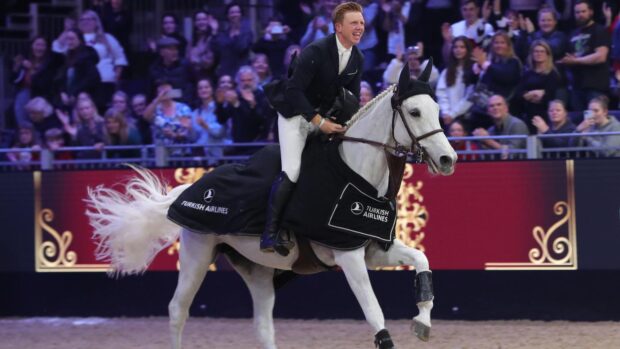The mini mountain and moorland section is one of the most hotly contested of all the showing divisions at Royal Windsor Horse Show. This year, Russell Marks will be putting all combinations through their paces as he assesses performance alongside conformation judge, Tracey Brooks. So who is he, and what will he be looking for?
Russell is a well-rounded equestrian with experience in several disciplines, from travelling on a young riders’ showjumping squad, to being yard manager for Chris Hunnable and taking care of his Olympic event horses.
 Watch the video
Watch the videoIn the showring, he competed for many years producing Welsh sections C and D under saddle as well as part-breds and driving ponies, but now “I don’t own, show, produce or teach,” he says.
“I’ve been judging for over 35 years and am on numerous panels, but my love lies with our mountain and moorlands” adds Russell, who has officiated at most of the larger shows around the country as well as having had several international appointments.
And what will Russell Marks be looking for on the day?
While Tracey will be scoring the conformation of the ponies, breed type and way of going for that breed will be one of the things Russell will be assessing as he judges. But it’s safety that he cites as a primary concern in both of these classes.
“It’s absolutely paramount and is a must for me. If I see even slightly bad behaviour, I will penalise heavily!” he warns.
In the lead-rein class, Russell’s ideal pony will “travel smoothly and not be too big a mover, thus throwing its tiny jockey out of the saddle.” Overall, Russell will be looking for “a smooth, consistent, safe pony with smooth transitions”.
Ponies who are “over bent and in ‘fixed’ outlines,” will not please Russell, and he has high expectations of the leader, too.
“The leader should be at the pony’s shoulder with the lead rein in their left hand leaving their right hand free if to support the child if needed. They should have a nice, slack lead, but not a huge loop as that, too, can be dangerous! I hate to see the leader pushing the pony’s shoulder all the time; they should not be ‘on top’ of the pony.”
Leaders, you heard it here first: “Let the pony do its job!”
As well as safety, suitability for the rider is again, a key consideration for Russell when judging first ridden ponies. The pony should “not be too big a mover and must not be a complete ‘kick-along’”.
“I do not like to see a child kick, kick, kicking constantly.They should ask the pony once – possibly twice – and the pony should respond.”
To sum it up, Russell’s winning first ridden will be “a pony that you know is going to be completely safe and give the child confidence to improve their riding”.
- To follow all the showing action from Royal Windsor, plus breaking news from other major shows throughout 2025, subscribe to the Horse & Hound website
You may also be interested in:

Little steps for big results: lead-rein producers share their winning formulae for the show ring’s budding stars

Working smarter, not harder: how to produce a lead-rein pony without riding them

7 homework lessons for first-ridden combinations to build confidence and success for the new season

‘It’s brilliant and it’s scary and it’s fun’: Sara Parrott on producing children’s ponies

Subscribe to Horse & Hound magazine today – and enjoy unlimited website access all year round





